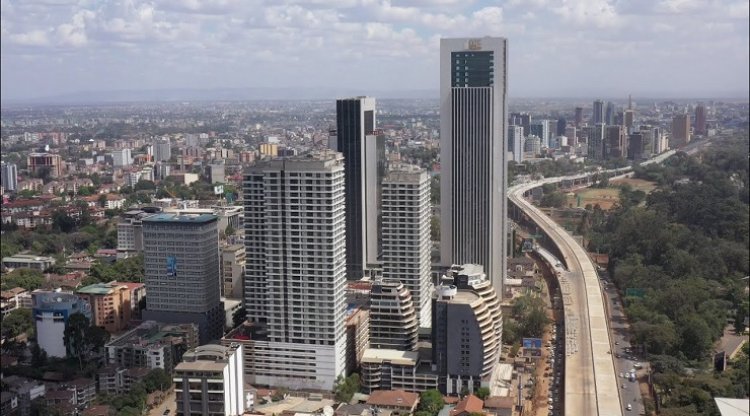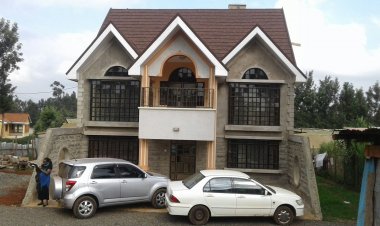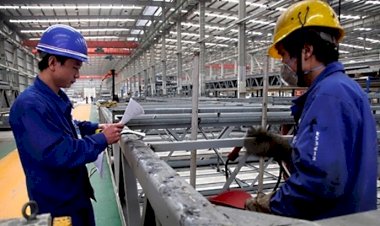The Rise of High-Rise Buildings in Kenya: An Architectural Revolution
The rise of high-rise buildings in Kenya reflects the country's rapid urbanization, economic growth, and the need for efficient land utilization.

Kenya, a vibrant and fast-growing nation in East Africa, has experienced a remarkable transformation in its urban landscape in recent years. One of the most striking features of this metamorphosis is the proliferation of high-rise buildings across major cities like Nairobi and Mombasa. Here are some of the reasons behind the surge in high-rise construction, their social and economic impacts, and some of the opportunities and challenges that the high-rise presents.
Reasons for the Rise:
Several factors account for the surge in high-rise construction in Kenya. Firstly, rapid urbanization and population growth have increased the demand for commercial and residential spaces. High-rise buildings allow for efficient land utilization by accommodating a significant number of people within a limited footprint. They provide a solution to the challenge of scarce land resources in urban centers.
Secondly, Kenya's economic growth and increasing foreign direct investment have fueled the need for modern infrastructure and office spaces. Multinational corporations and businesses are attracted to high-rise buildings due to their modern amenities, advanced technology, and potential for cost savings. Furthermore, these structures serve as symbols of progress and prosperity, attracting investors and boosting the country's image on the global stage.
Impacts on Social and Economic Fabric:
The proliferation of high-rise buildings in Kenya has had both positive and negative impacts on society and the economy. From a social perspective, these structures have contributed to the creation of vertical communities. By clustering people in close proximity, high-rise buildings foster social interactions, sharing of resources, and a sense of community. These buildings often incorporate communal spaces, such as rooftop gardens or shared facilities, which promote social cohesion and reduce isolation.
Moreover, the development of high-rise residential buildings has played a crucial role in addressing the housing shortage in urban areas. As Kenya's population continues to grow, high-rise apartments offer an affordable and efficient housing solution for many citizens. This has helped alleviate the strain on existing infrastructure and eased the pressure on sprawling informal settlements.
From an economic standpoint, high-rise buildings have become key drivers of urban development and economic growth. They attract investment, create employment opportunities, and generate revenue through property taxes. The construction sector experiences a boost, providing jobs for skilled and unskilled laborers, while the subsequent operation and maintenance of these buildings require a range of services, supporting various businesses.
Challenges and Opportunities:
While the rise of high-rise buildings presents numerous opportunities, it also poses challenges that need to be addressed. One significant concern is the strain on infrastructure and utilities. Increased population density in urban areas can overwhelm existing transportation systems, water supply, and waste management infrastructure. Therefore, it is crucial for urban planning authorities and developers to invest in upgrading and expanding these essential services to support the growing urban landscape.
Additionally, the sustainability of high-rise buildings is a pressing issue. Energy consumption, waste management, and the environmental impact of construction materials are areas that require attention. Integrating sustainable design principles, such as green building certifications, renewable energy sources, and efficient waste management systems, can mitigate the environmental footprint of these structures and contribute to a more sustainable future.
The rise of high-rise buildings in Kenya reflects the country's rapid urbanization, economic growth, and the need for efficient land utilization. While these structures have transformed the urban landscape, their impact goes beyond aesthetics. High-rise buildings have addressed housing shortages, attracted investment, and fostered social cohesion.
If you have a real estate press release or any other information that you would like featured on the African Real Estate Blog Post do reach out to us via email at [email protected]

































